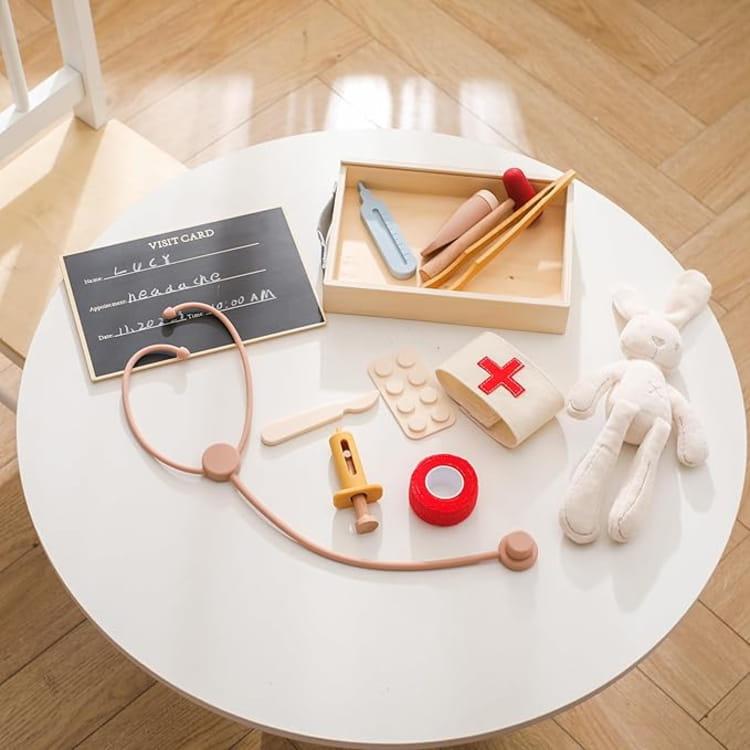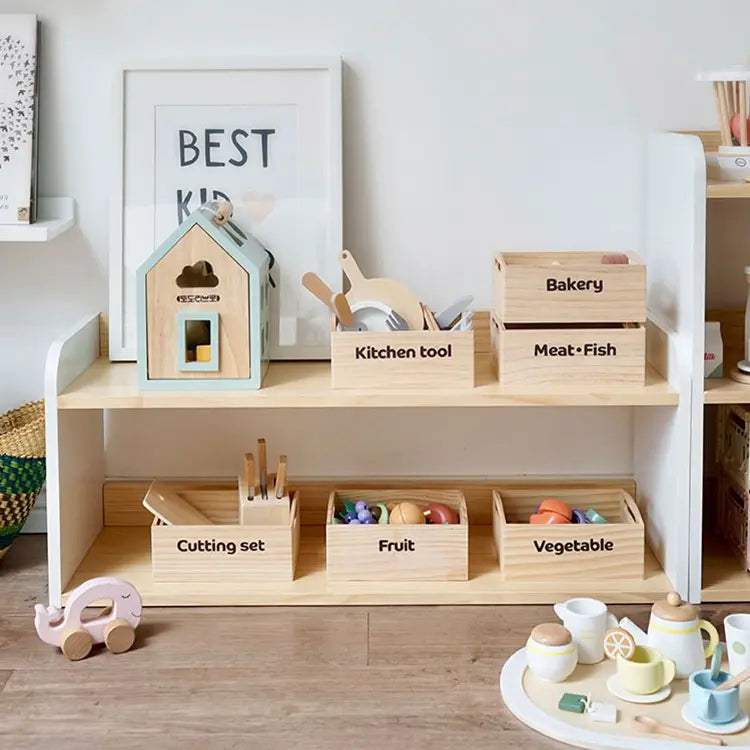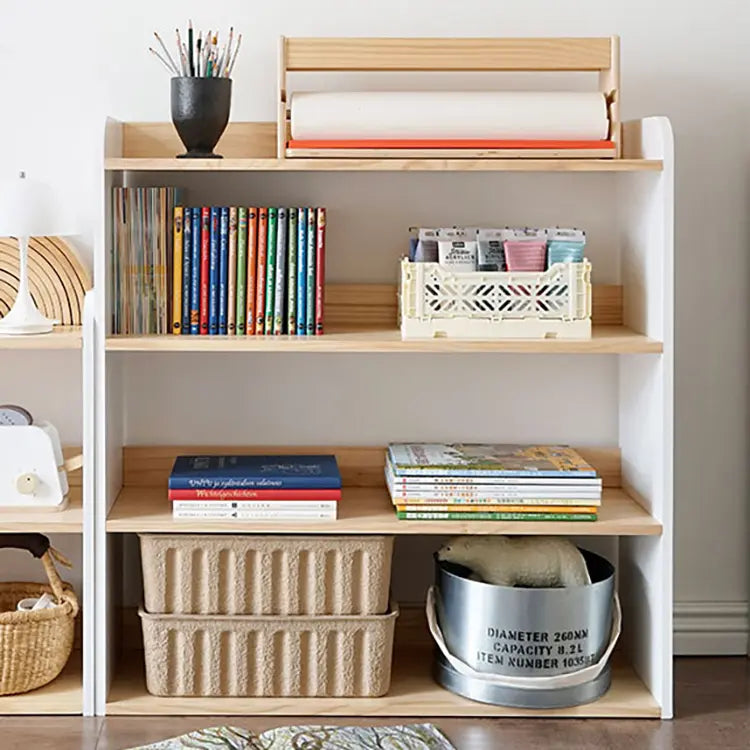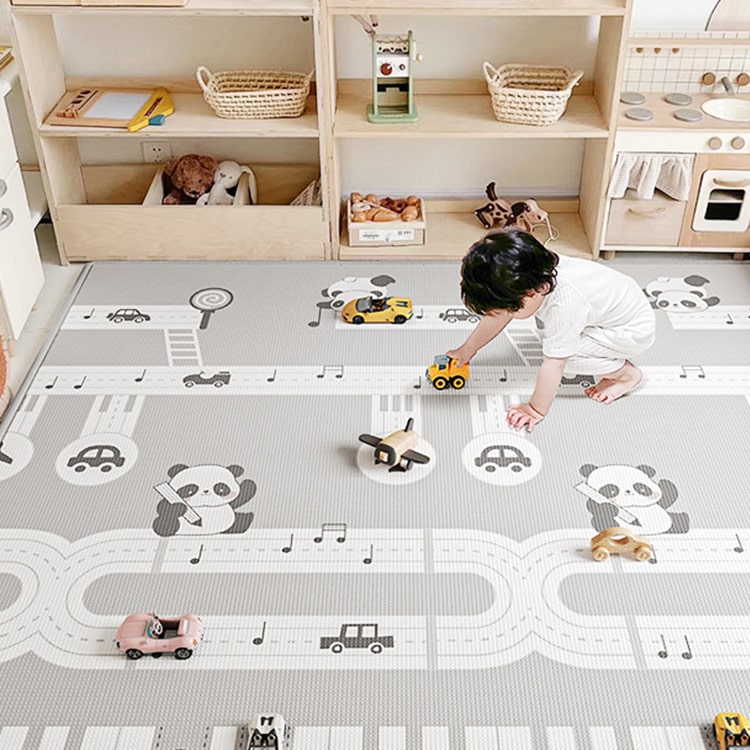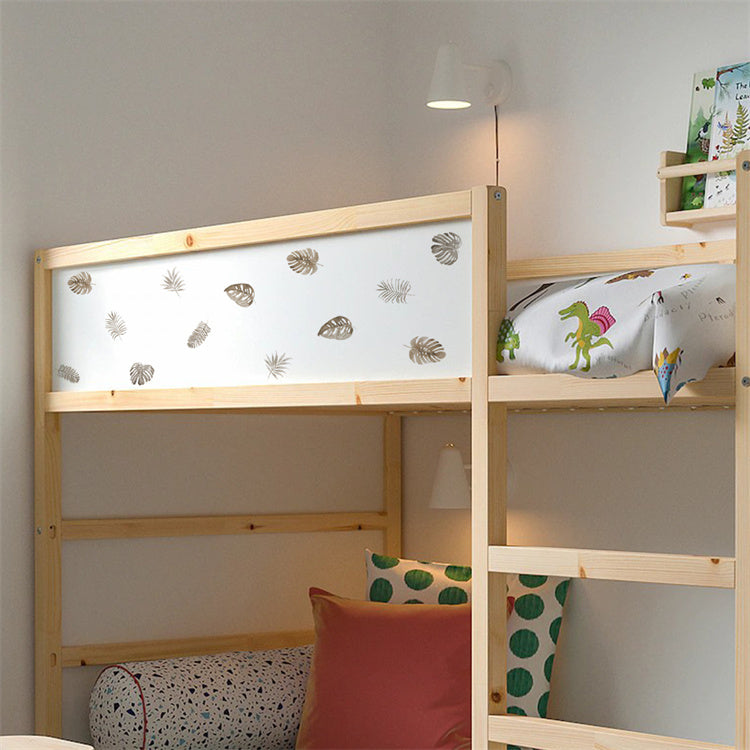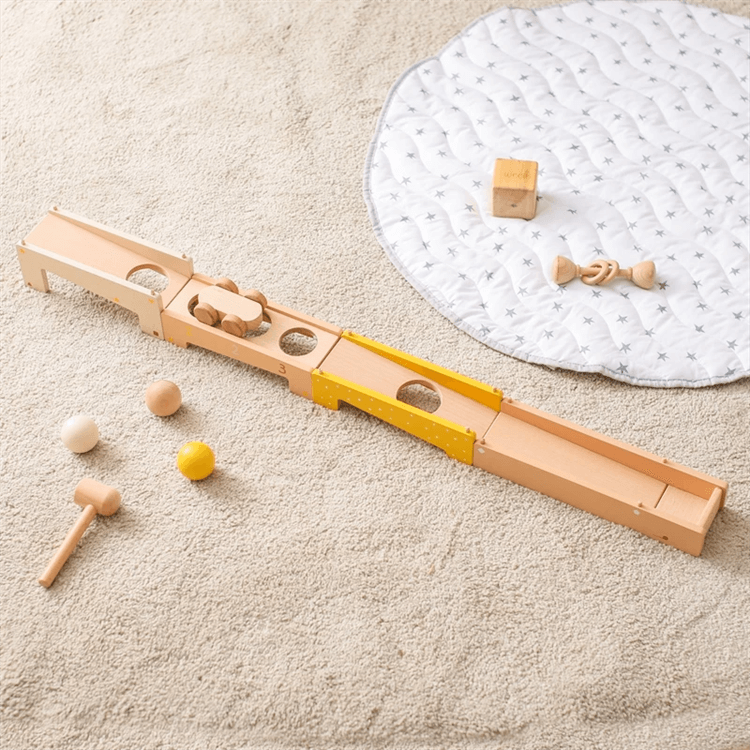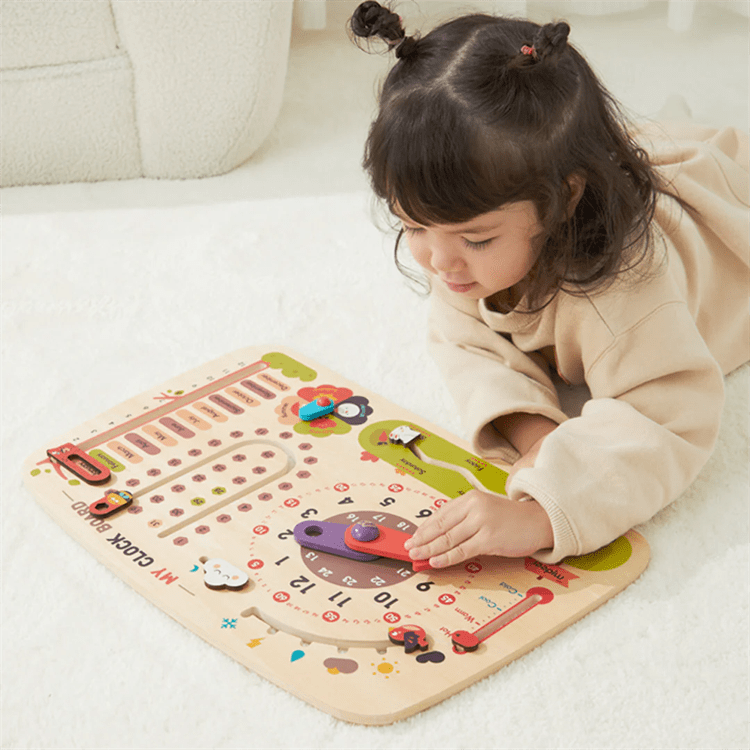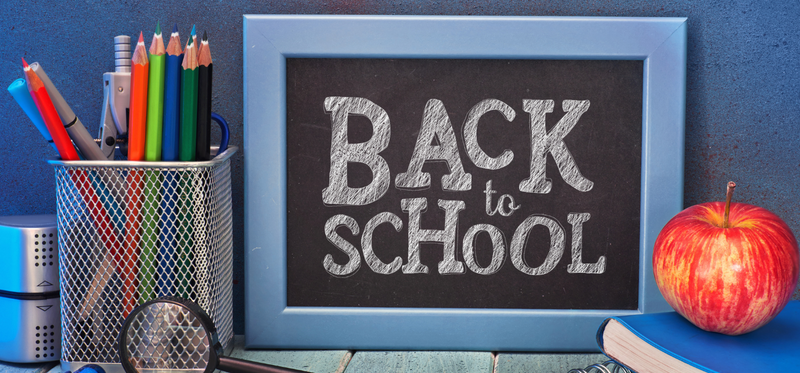
Back-to-School: Kids Transitioning to a New Grade
It is the start of the new school year, the air is filled with a mix of excitement and nervousness for both parents and children. Transitioning to a new grade can be a challenging experience for kids, as they face new teachers, classmates, and academic challenges. However, with the right support and strategies in place, parents can help ease the transition for their children, fostering a positive and successful start to the school year.
Establishing a Routine:
One of the keys to a smooth back-to-school transition is establishing a consistent routine. Children thrive on predictability, and a well-structured routine helps create a sense of stability. Start by gradually adjusting sleep schedules a week or two before the school year begins. This helps children get used to the early mornings and ensures they are well-rested for the challenges of a new grade.
Create a designated homework space and set aside specific times for study and play. Having a routine not only helps kids feel organized but also provides a sense of security, making the adjustment to a new grade more manageable.

Open Communication Channels:
Maintaining open lines of communication with your child is crucial during this period of change. Encourage them to share their thoughts and feelings about starting a new grade. Address any concerns they may have and provide reassurance. Discussing expectations for the upcoming school year can help manage anxiety and make the transition more comfortable.
Additionally, stay connected with teachers and school staff. Attend back-to-school events and parent-teacher meetings to build a strong partnership with the educators who play a vital role in your child's academic journey. Regular communication ensures that any issues or challenges can be addressed promptly, contributing to a positive learning environment.
Set Realistic Expectations:
While it's natural for parents to have high expectations for their children, it's essential to set realistic goals that take into account the child's individual abilities and interests. Celebrate small victories and encourage a growth mindset by emphasizing the value of effort and perseverance. Recognizing and praising their achievements, no matter how small, boosts a child's confidence and motivates them to excel in their new grade.
Encourage Social Connections:
A new grade often means new classmates and social dynamics. Help your child build and maintain friendships by encouraging positive social interactions. Arrange playdates or social gatherings with classmates, fostering a sense of belonging. Participating in extracurricular activities provides opportunities for children to explore their interests, make new friends, and develop crucial social skills.
Stay Involved:
Parents play a crucial role in their child's educational journey. Stay actively involved by attending school events, volunteering, and participating in your child's academic life. By demonstrating a genuine interest in their education, you not only support their learning but also send a powerful message about the importance of education in the family.
All you need for back to school.

Navigating the back-to-school transition and helping kids adjust to a new grade involves a combination of routine, communication, realistic expectations, and social support. By implementing these strategies, parents can contribute to a positive and successful start to the school year, setting the stage for their child's academic and personal growth. Remember, a supportive and involved approach creates a foundation for a lifetime of learning and development.






























